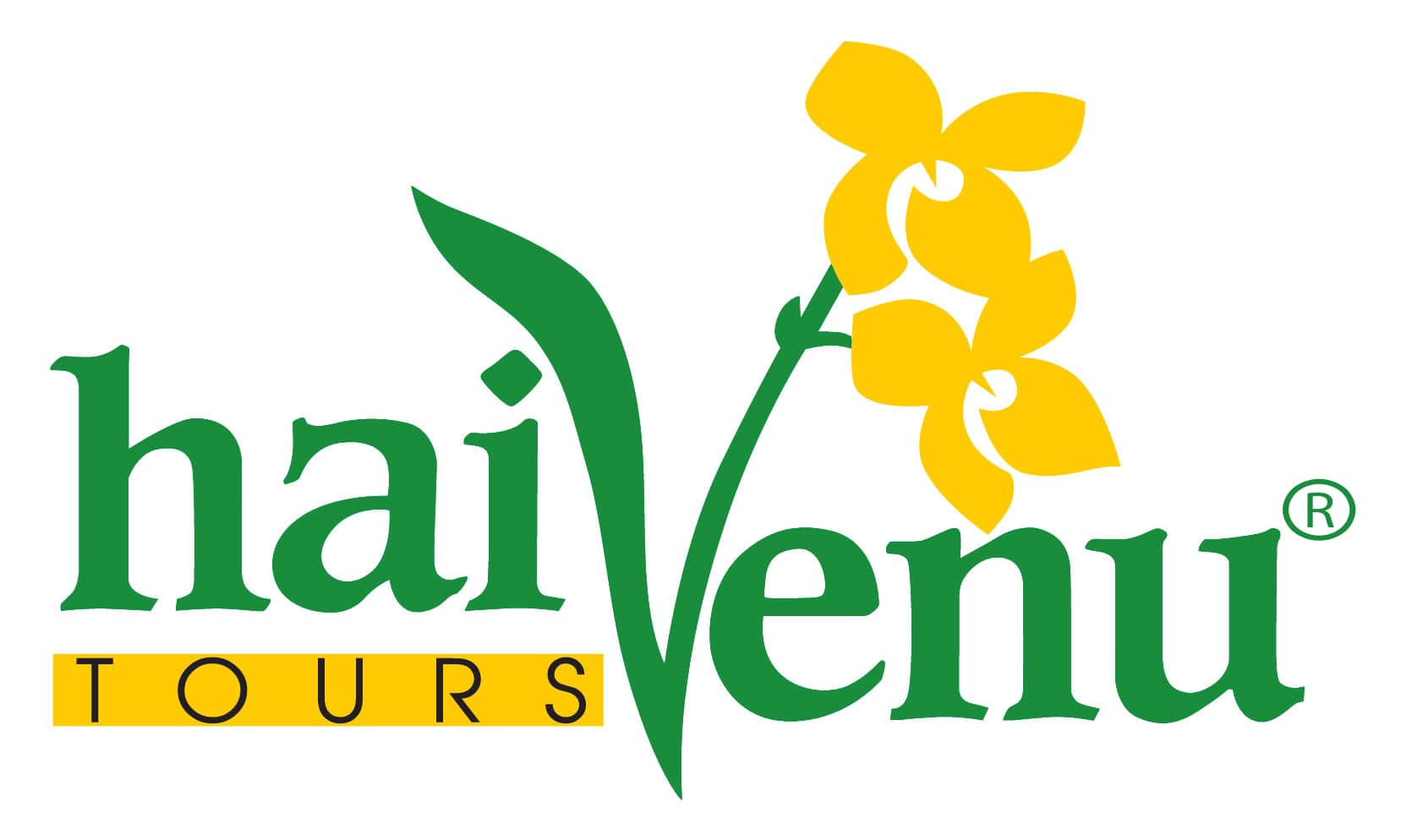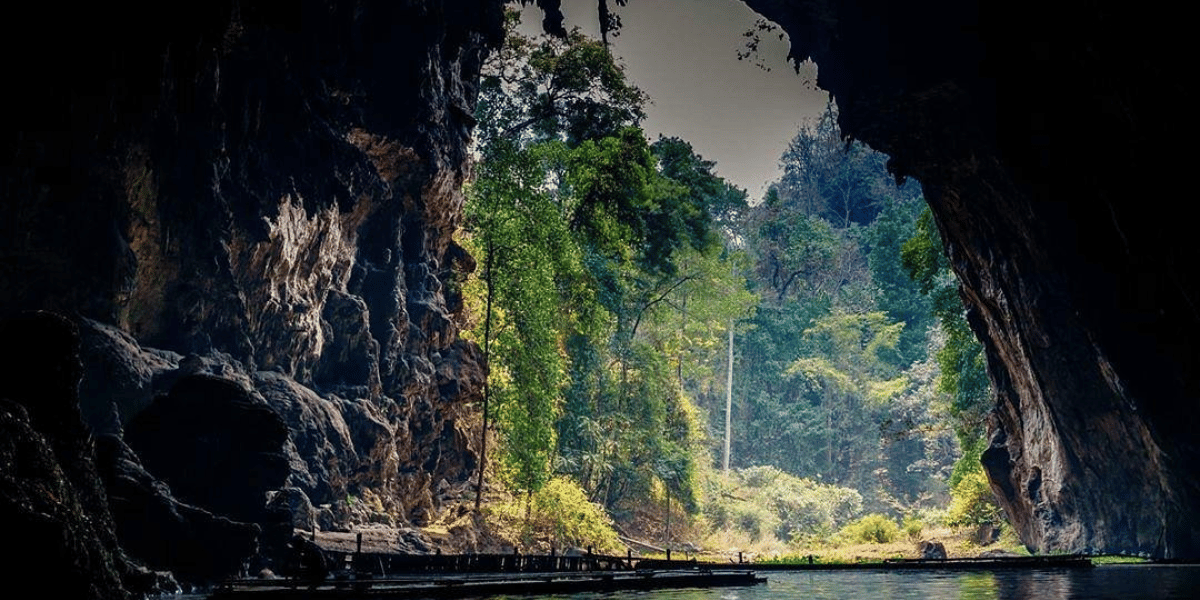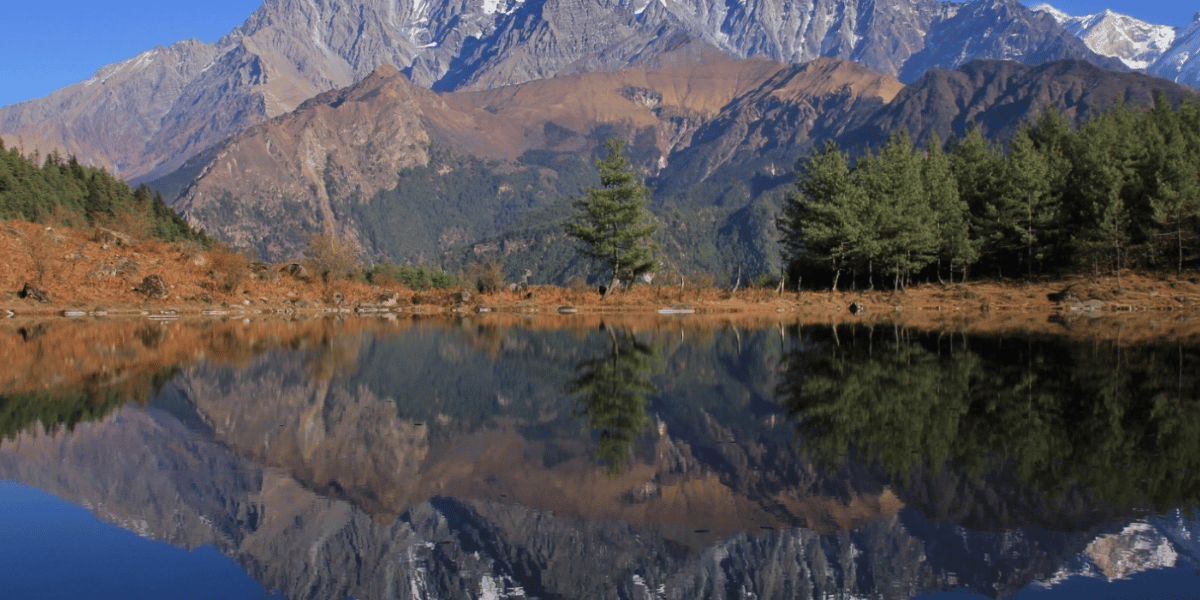Top Attractions in Savannakhet, Laos: A Personal Journey
Last Updated on 14 October, 2024 by admin
Savannakhet, the second-largest province in Laos, is a fascinating blend of natural beauty, history, and cultural diversity. Located in southern Laos, bordering Thailand and Vietnam, Savannakhet has often been a transit point for travellers. But what many don’t realise is that this province offers so much more than just a stopover. Its landscapes range from the majestic Mekong River to lush national parks and ancient temple ruins, while its towns and villages carry a rich history that reflects both Lao and colonial French influences.
On my journey to Savannakhet, I discovered a side of Laos that was deeply authentic, rich in tradition, and filled with stories from centuries past. I was drawn to its mix of rural charm and historical landmarks, which made my trip here truly unforgettable. In this article, I’ll walk you through the top attractions that left a lasting impression on me, and hopefully, it will inspire you to delve deeper into Savannakhet when you visit Laos.
Why Visit Savannakhet?
Savannakhet may not have the immediate draw of destinations like Vientiane or Luang Prabang, but for those seeking a quieter, more culturally immersive experience, it is a fantastic choice. The province offers a rare opportunity to see a part of Laos that feels relatively untouched by mass tourism, making it an ideal spot for those who want to get off the beaten path.
What makes Savannakhet so special is its diversity. Here, you can explore centuries-old temples, colonial architecture, traditional Lao villages, and breathtaking natural parks all in one trip. The Mekong River, which defines much of the province’s western border, offers stunning sunset views, while the interior landscapes are dotted with national parks that are perfect for trekking and wildlife spotting.
Savannakhet is also a province that’s rich in history. In fact, the name “Savannakhet” comes from the words “Savanh Nakhon,” meaning “city of paradise” in Lao. This is where ancient Khmer civilisation once flourished, leaving behind ruins that still stand today. During the French colonial era, Savannakhet became an important administrative and trade centre, which explains the abundance of colonial architecture in the provincial capital.
The province is home to 15 districts, each offering its own unique slice of life. Some of these districts are located along the Mekong River, while others are nestled in the interior, surrounded by mountains and forests.
Top Attractions in Savannakhet: My Journey
That Ing Hang Stupa
One of the most significant religious sites in Laos, That Ing Hang Stupa, was high on my list of must-visit places in Savannakhet. This centuries-old stupa is considered one of the holiest sites in the country, and it’s a place where local Buddhists come to pay their respects and make offerings.
Upon arriving at That Ing Hang, I was struck by the sense of peace that pervades the area. The stupa itself is an impressive structure, towering over the surrounding trees and casting a calming presence over the courtyard. It’s said to house a relic of the Buddha, which adds to its significance. I spent some time walking around, observing the monks who live in the nearby monastery and the locals who had come to make offerings of flowers and incense.
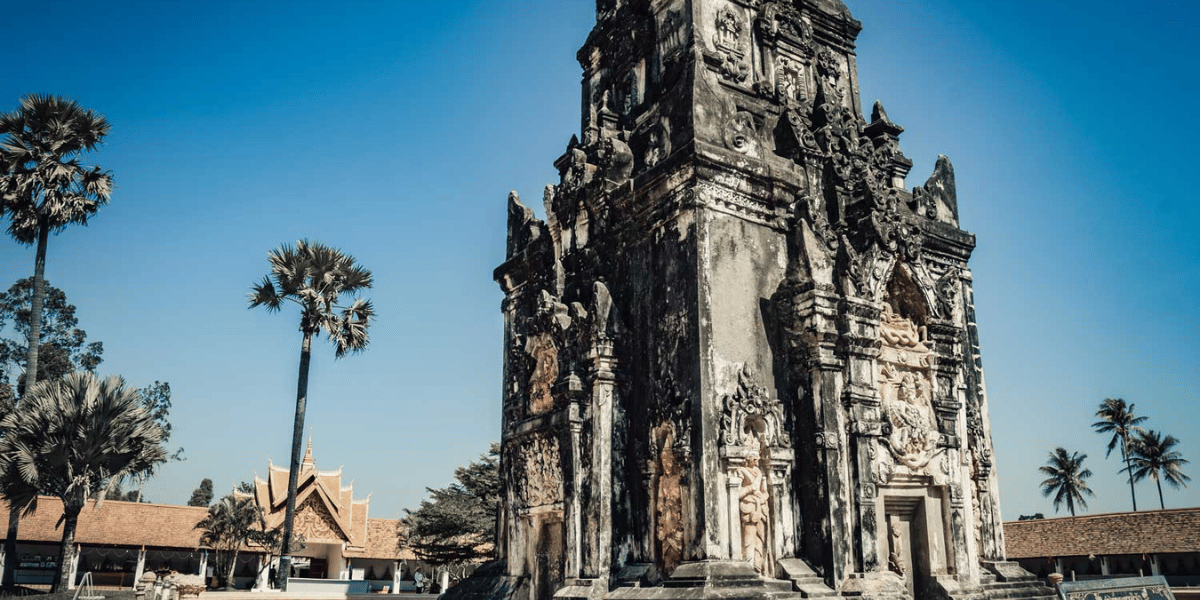
What made this visit special for me was the opportunity to join in with the local customs. A kind local woman showed me how to prepare offerings and place them at the base of the stupa. This simple act of participating in the spiritual life of the community made me feel a deeper connection to the culture and history of Laos.
If you visit Savannakhet, I highly recommend taking the time to come to That Ing Hang. It’s not just a beautiful structure, but a living part of Lao religious life.
Dinosaur Museum
Yes, you read that right! Savannakhet has its very own Dinosaur Museum, which was one of the quirkiest and most unexpected highlights of my trip. The museum houses fossils and dinosaur remains that have been discovered in the province, which is actually one of the richest paleontological areas in Southeast Asia.
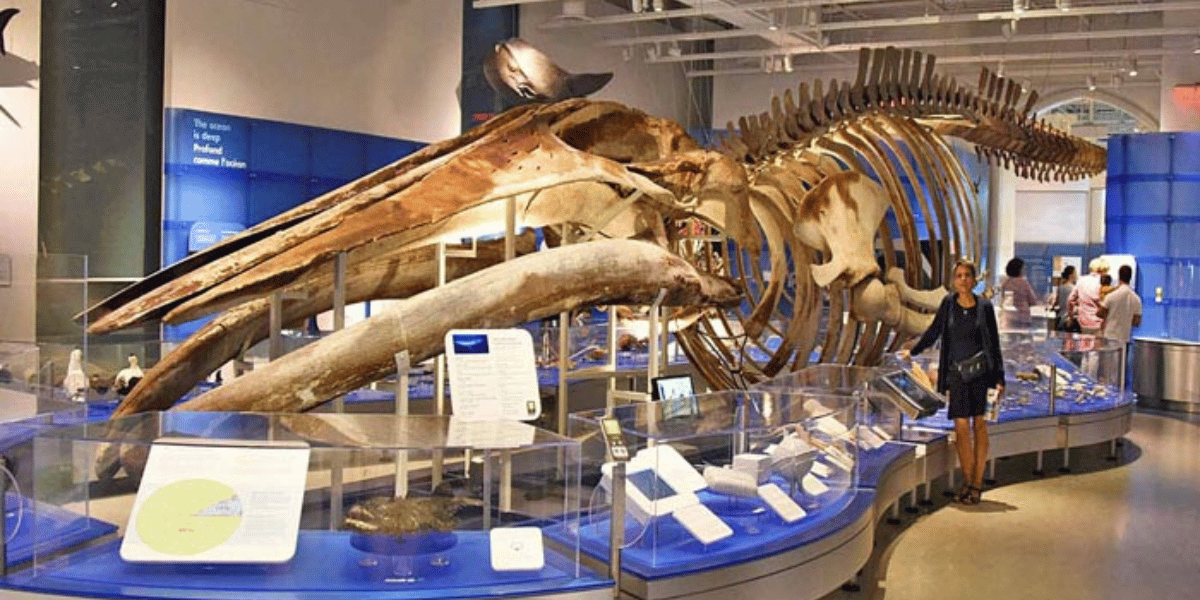
I visited the museum one morning and was surprised at the number of dinosaur bones and fossils on display. The museum isn’t huge, but it’s packed with interesting exhibits that tell the story of the dinosaurs that once roamed this part of Laos millions of years ago. The staff were incredibly friendly, and although their English was limited, they did their best to explain the exhibits to me.
For anyone with an interest in history or paleontology, this museum is a fascinating stop. It also offers a unique perspective on Savannakhet – one that goes back far beyond human history. Plus, it’s a great spot to visit if you’re travelling with kids, as the dinosaur skeletons and fossils are sure to capture their imagination.
Savannakhet Old Town
Savannakhet’s capital, also named Savannakhet, is a town where the old world and new collide. The Old Town, in particular, is a wonderful place to explore if you’re interested in colonial architecture and the historical atmosphere of Laos. Walking through the streets, you’ll see beautiful French-era buildings that have been well preserved, alongside traditional Lao wooden houses.
One of the best things I did in Savannakhet Old Town was simply wandering around and taking in the sights at my own pace. The slow, relaxed atmosphere makes it perfect for exploring on foot or by bicycle. There are charming cafés where you can sit and enjoy a cup of Lao coffee while watching the world go by, and small, family-run shops selling local goods.
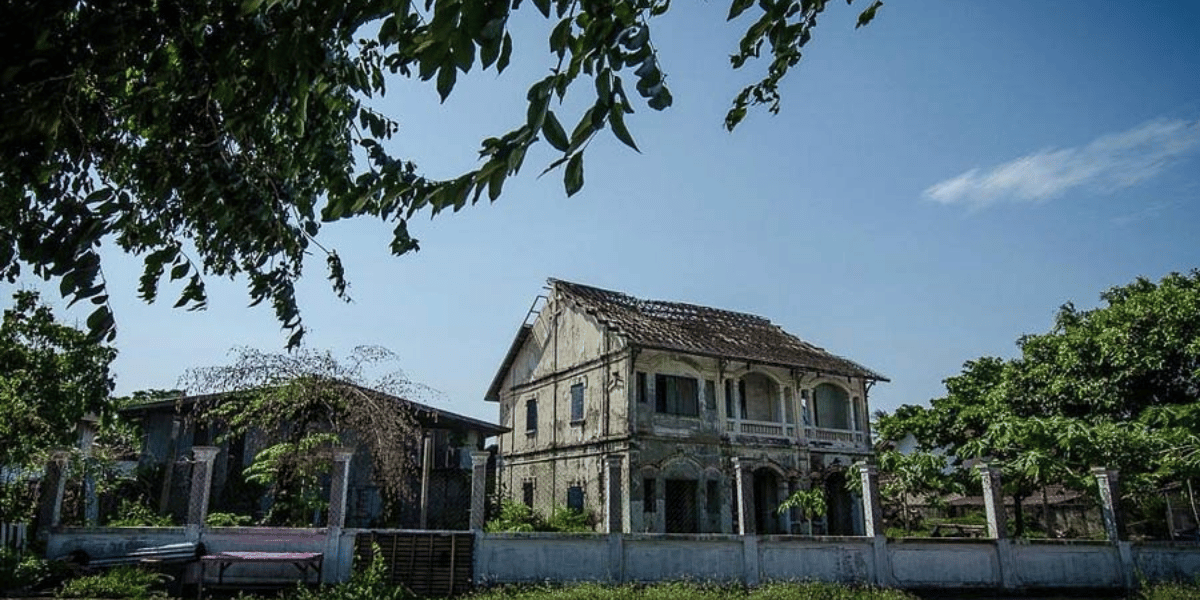
One standout spot for me was the Catholic Church of St. Teresa. This striking building stands as a reminder of the French colonial influence in the region and offers a peaceful spot to rest and reflect. The interior is simple but serene, and it was interesting to see how the Catholic faith has blended into the cultural tapestry of this predominantly Buddhist country.
If you’re a history buff, or if you simply enjoy exploring towns with character, Savannakhet Old Town is a must-see. It’s not crowded with tourists, so you’ll have plenty of time and space to really soak in the local life.
Xe Champhone Wetlands: A Unique Wildlife Experience
One of the most extraordinary places I visited during my time in Savannakhet was the Xe Champhone Wetlands. This vast wetland area is known for its incredible biodiversity and is home to several endangered species, including the rare Irrawaddy dolphins and various species of turtles.
The wetlands are a bit of a journey to get to, but once you’re there, it’s worth every minute. I took a boat tour with a local guide, who pointed out the various birds and animals that inhabit the area. One of the most memorable experiences was visiting Turtle Lake, where hundreds of soft-shell turtles live. These turtles are considered sacred by the local people, and you can even feed them as part of the experience.
Another highlight of the Xe Champhone Wetlands was seeing the Buddhist monkeys. In one of the villages near the wetlands, there’s a temple where monkeys are revered as sacred animals. It was quite surreal to see these monkeys living in harmony with the local monks and villagers, and they’re completely unafraid of humans.
For nature lovers, the Xe Champhone Wetlands offer a unique and serene experience. It’s a great opportunity to see some of Laos’ most beautiful wildlife in a peaceful, natural setting.
Phu Xang Hae National Protected Area
If you’re looking for adventure and a chance to explore some of Laos’ most stunning natural landscapes, Phu Xang Hae National Protected Area is the place to go. This mountainous region, located in eastern Savannakhet, is a hiker’s paradise, with its dense forests, rolling hills, and panoramic views.
I decided to take on one of the shorter hikes, as I was limited on time, but even this brief excursion gave me a taste of the area’s beauty. The trail wound through thick jungle, occasionally opening up to reveal breathtaking views of the surrounding mountains and valleys. Along the way, I encountered local villagers collecting herbs and plants, and it was fascinating to see how closely connected the people are to the land here.
One of the highlights of the hike was visiting a remote village where the Phouthai ethnic group lives. The Phouthai people have their own unique customs and language, and it was a privilege to see their traditional way of life up close. The village elder welcomed us and shared stories about the history of their community and their deep connection to the land.
Savannakhet is also home to several other ethnic groups, including the Lao Loum (Lowland Lao), as well as minority groups such as the Bru and Tai Dam people. This ethnic diversity is one of the many aspects that make the province so culturally rich.
Food and Culture in Savannakhet
Like much of Laos, the food in Savannakhet is a highlight of any visit. Savannakhet’s cuisine reflects its diverse cultural influences, and you’ll find a mix of traditional Lao dishes alongside Thai and Vietnamese-inspired meals due to its close proximity to both countries.
One of my favourite meals in Savannakhet was a dish called Khao Piak Sen, a hearty Lao noodle soup made with thick, chewy noodles in a rich broth. I enjoyed it at a small street-side restaurant, where the owner prepared the soup with fresh herbs and vegetables grown in her own garden. The flavours were simple but incredibly satisfying, and it was the perfect meal after a long day of exploring.
The night market in Savannakhet town is also worth visiting if you want to sample a variety of local dishes. Here, you can try everything
from grilled meats to sticky rice, all prepared fresh right in front of you. One stall that stood out to me was serving Sai Oua, a Lao sausage made with lemongrass, kaffir lime leaves, and chilli. It’s spicy, aromatic, and absolutely delicious.
In terms of language, Lao is the official language spoken throughout the province, though you’ll also hear regional dialects and even some Thai and Vietnamese in border areas. French is sometimes spoken among older generations, a remnant of the colonial era.
Practical Tips for Travellers
Getting to Savannakhet is relatively easy if you’re travelling from other parts of Laos or neighbouring countries. The city has an international airport, though most visitors arrive by bus from Vientiane or Pakse, or cross over from Thailand via the Friendship Bridge.
If you’re planning to visit the rural areas and national parks, I recommend renting a motorbike or hiring a local guide. The roads can be a bit rough, especially during the rainy season, and having someone who knows the area will make your journey much easier.
Savannakhet is the largest province in Laos, covering a vast area that includes both flat lowlands along the Mekong and rugged, forested mountains in the east.
The best time to visit is between November and February, during the dry season. The weather is cooler and more pleasant, especially if you’re planning outdoor activities.
Conclusion
Savannakhet may not be as widely known as some of the more popular destinations in Laos, but that’s exactly what makes it so special. Its blend of history, culture, and natural beauty offers something for every type of traveller. Whether you’re exploring ancient temples, trekking through protected forests, or simply enjoying the laid-back charm of the provincial capital, Savannakhet promises a rich and rewarding experience.
I hope this personal account of my journey through Savannakhet has inspired you to consider this beautiful province for your next trip. Trust me, it’s a place where the road less travelled leads to unforgettable memories.
Additional Information:
- How many districts are in Savannakhet?
Savannakhet has 15 districts. - What is the history of Savannakhet?
Savannakhet has a rich history, with influences from ancient Khmer civilisation, French colonial rule, and Buddhist traditions. The name “Savannakhet” means “City of Paradise.” - What language is spoken in Savannakhet?
The primary language spoken is Lao, with regional dialects and some Thai, Vietnamese, and French influences. - What is the biggest province in Laos?
Savannakhet is the largest province in Laos. - What ethnic groups are in Savannakhet?
The main ethnic groups are Lao Loum, Phouthai, Bru, and Tai Dam, among others. - What are the two largest cities in Laos?
The two largest cities in Laos are Vientiane and Pakse.
